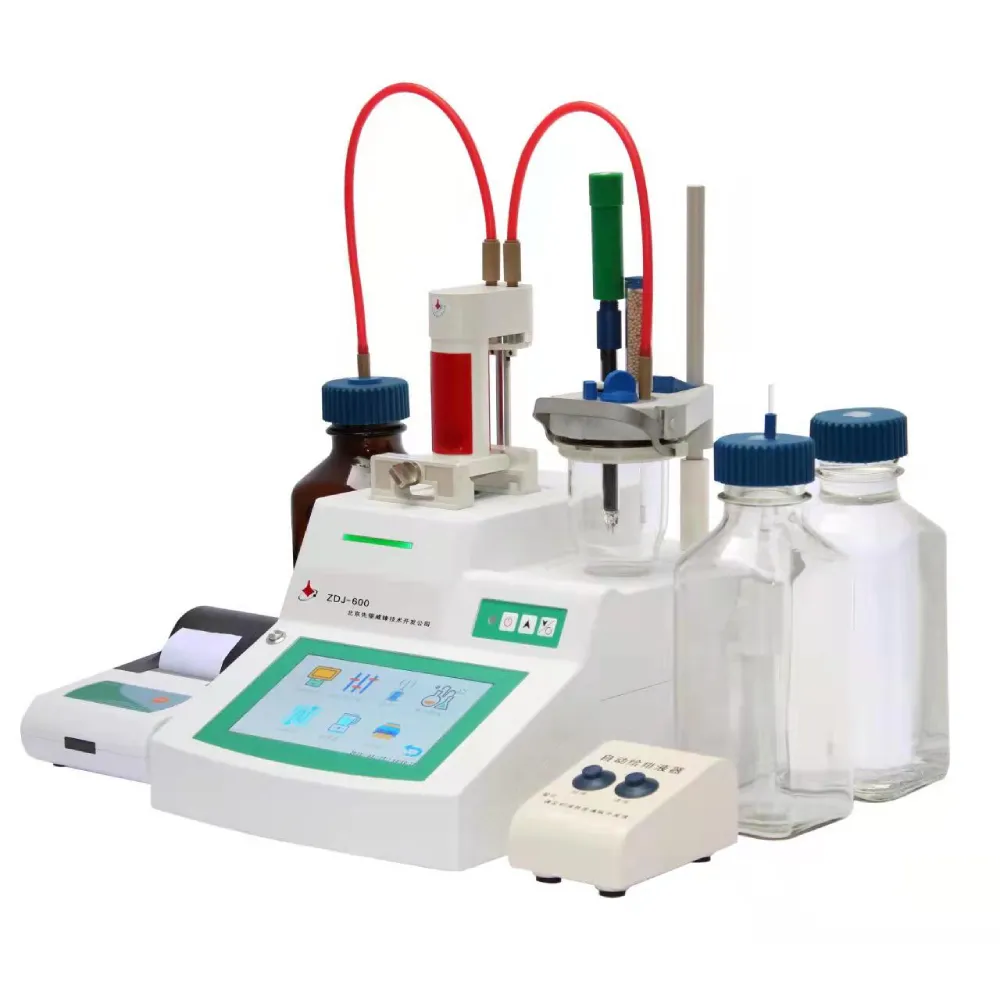 English
English


transformer testing at site
Transformer Testing at Site Ensuring Reliability and Efficiency
Transformer testing at site is a critical aspect of electrical engineering that ensures the reliability and efficiency of power transformers. By conducting various tests on transformers after they are installed, engineers can verify that the equipment meets the required specifications and operates safely under given conditions.
One of the primary reasons for conducting transformer testing at site is to identify potential issues that could lead to failure or degraded performance over time. These tests help in detecting defects that may arise from manufacturing, transportation, or installation. Common site tests include insulation resistance testing, transformer turns ratio (TTR) testing, power factor testing, and sweep frequency response analysis. Each of these tests provides valuable information about the transformer's condition and operational efficiency.
Insulation resistance testing, for instance, assesses the insulation quality of the transformer windings. A high insulation resistance indicates that the insulation materials can effectively isolate electrical components, which is crucial for preventing short circuits and ensuring operational safety. Similarly, TTR testing evaluates the magnetic circuit within the transformer, ensuring that it operates at the correct voltage levels without excessive losses.
transformer testing at site

Power factor testing is another vital procedure that helps in assessing the insulation quality, specifically in high-voltage transformers. By measuring the power factor, engineers can determine the dielectric losses in the insulation system and predict the transformer's service life. A high dielectric loss can signal the need for maintenance or replacement, ultimately preventing unexpected shutdowns.
In addition to these tests, sweep frequency response analysis helps in assessing structural integrity. This test identifies issues such as core movement or winding deformation, which can result from mechanical stresses during transportation or operation. By utilizing advanced diagnostic techniques, engineers can ensure that any faults are addressed promptly, thereby extending the transformer’s lifespan and enhancing its performance.
Transformers that pass these comprehensive site tests can significantly reduce operational risks and maintenance costs. They are more likely to operate efficiently, providing stable electricity supply while minimizing the chances of outages that can disrupt service. Furthermore, regular testing and maintenance can comply with industry standards and regulations, safeguarding the investment in these vital components.
In conclusion, transformer testing at site is not just a procedural requirement but a fundamental practice that enhances the reliability, safety, and efficiency of electrical power systems. By identifying potential issues early, utilities can ensure that their transformers provide uninterrupted service and operate within the designed parameters, ultimately leading to a safer and more reliable power supply for all users.
-
Differences between open cup flash point tester and closed cup flash point testerNewsOct.31,2024
-
The Reliable Load Tap ChangerNewsOct.23,2024
-
The Essential Guide to Hipot TestersNewsOct.23,2024
-
The Digital Insulation TesterNewsOct.23,2024
-
The Best Earth Loop Impedance Tester for SaleNewsOct.23,2024
-
Tan Delta Tester--The Essential Tool for Electrical Insulation TestingNewsOct.23,2024





